An Interview with the Directors of Cosplay Universe
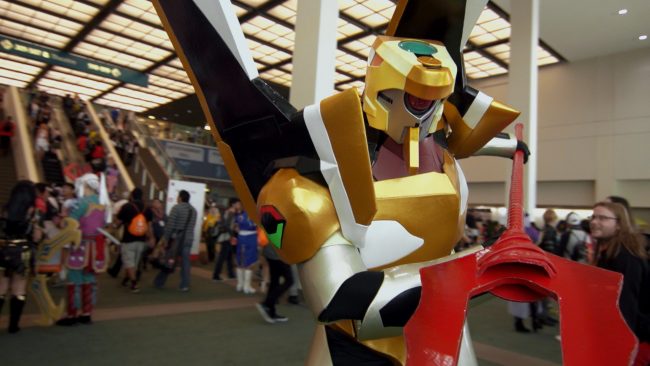
Get ready for cosplay on the big screen with Cosplay Universe, a “documentary that explores the evolution and rise of the global phenomenon known as cosplay, the art of dressing up as a character you love.” The film premiered globally at Anime Expo in July 2022, followed by an international theatrical release via distributor Abramorama. Featured cosplayer Yaya Han recently joined a Twitter watch party, as well as an Instagram Live for a post-watch discussion and Q&A. Currently, Cosplay Universe is available to stream on multiple platforms.
From highlighting the lives of legendary cosplayers to the World Cosplay Summit in Japan, Cosplay Universe is the “most comprehensive exploration of the cosplay world to date” according to its press release. The movie also features one of the final interviews with the late Stan Lee, the beloved creator of Marvel’s iconic comic book characters.
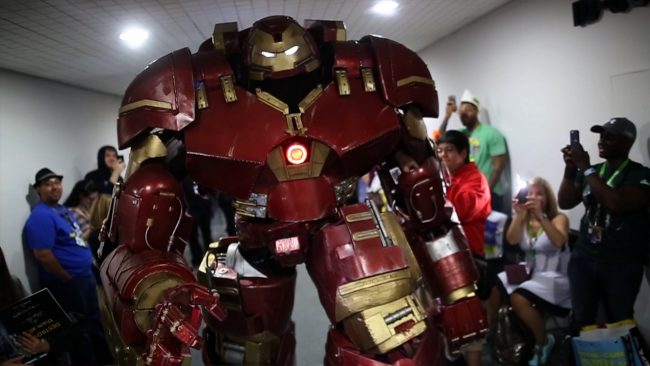
A still from Cosplay Universe, featuring the Hulkbuster from the MCU.
Its press release summarizes the movie as “a celebration of the rise of the popular costuming subculture,” or more commonly known as cosplay. In exploring its origin and evolution, Cosplay Universe examines cosplay as an art form and a global community. Cosplay is illustrated as an empowering, supportive, and welcoming hobby for everyone to take part in. If you’ve ever wondered why people cosplay, this documentary seeks to answer it.
Carbon Costume got the opportunity to chat with directors Jonathan McHugh and Jordan Rennert, who filmed Cosplay Universe over the course of six years at conventions around globe, prior to the pandemic.
Thanks so much for sitting down with Carbon Costume. Could you introduce yourselves and explain your role in creating Cosplay Universe?
Jonathan McHugh: “I started on the film as a producer. Patrick Meany and Jordan’s partner have been making movies for a long time. I produced a number of movies for them and helped sell them. They were working on a history of cosplay documentary, which as a history major in school, I was hoping to be blown away by, but the vibrancy of modern cosplay was overlooked. The history was interesting — we have a really nice segment [in the movie] on the history of it — but Patrick always wanted to make a feature film and got funding for his first feature film. So I decided I would jump in and just devote the time. Little did I know what would transpire over the last six years or so.
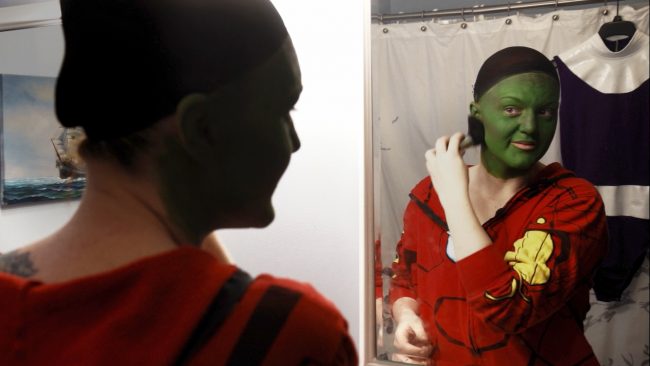
The documentary speaks directly to cosplayers to understand the passion behind their hobby.
Jordan would go out on the field and shoot, he would come back, we’d look at footage and talk about say ‘hey, this character is really strong — let’s double down on this character and let’s go get another interview.’ Let’s find deeper things within them and where they’re at and why they cosplay. For me, it became why cosplay? Why do people cosplay? What are the inner roots? We found people who really talked about it on a much deeper level. One person would go out in a female costumes and vice versa, and both of them decided they would transition.
I found the psychology of it fascinating. Jordan and I would do this for years. We had one great character, we’d meet another character, and that character was better. It was the classic documentary situation, in which we never really finish a film, you just kind of abandon it one day, and we came back to it six years later.”
Jordan Rennert: “My name is Jordan Rennert, I am a documentary filmmaker and cinematographer. I’m the co-director of Cosplay Universe, along with Jonathan, as well as the chief cinematographer. Our team was pretty small – myself, Jonathan, our two producers Patrick Meany and Jonathan Platt, and then we had a lot of editing support. I was one the main people figuring out the vision for the film. I largely interfaced with the cosplay community as well to help get the story told.”
What inspired you to create this documentary?
Jonathan: “My backstory on Comic Con was that I wrote a film for Snoop Dogg. It was a campy horror film, called Snoop Dogg‘s Hood of Horror, and he and I went to comic con together to promote the film about ten years ago. While I was there, I just couldn’t believe what was happening. People were dressed up in these extensive costumes. It was like what’s going on here? This was before mainstream and TV studios went all in on Comic Con and had to get sign-offs by the community for their content to be adapted from the comic books. When Jordan and Patrick talked to me about the movie, I was fascinated by it. I went to Comic Con again and was just like, ‘wow this is definitely a subculture I would love to know more about.’ ”
Jordan: “For me, there were two major points that inspired the project. First off, Patrick Meany, another one of my filmmaking partners and friend since kindergarten, and I have made seven different documentaries in the world of comic books and fandom. Our first film was about the comic book writer named Grant Morrison, and we made a documentary about Neil Gaiman, Image Comics. And then we made a film called Chris Claremont’s X-Men, all about how Chris Claremont is the main author of all the X-Men comics we know and love. Even though they were originally created by Stan Lee, it was really Chris Claremont who defined the X-Men as we know them. Back in 2012, we got a really long interview with Chris, and interviewed a lot of his collaborators.
Making an indie documentary, the question is how do you make really powerful visuals for the film? [For instance] we chose to do a more 70s-80s aesthetic, so instead of scanning pictures of the comics, we did a photoshoot. We just moved to Los Angeles, California. There was a lot of incredible X-Men cosplay we saw coming out of Comic Con. So we reached out to who we thought were the best X-Men cosplayers in Los Angeles, and we met our soon to be producer of Cosplay Universe, Lauren St. Laurent, who at the time ran a group called Birds of Play and Castle Corsetry, a nerdy corsetry business. And she and her friends by far had the best X-Men cosplays.
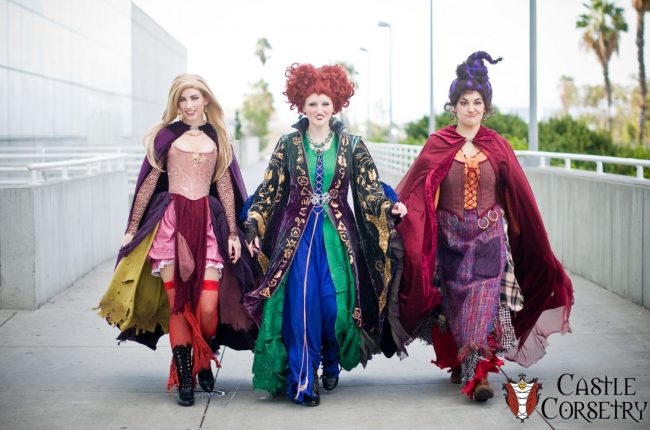
Lauren St. Laurent showcasing her business, Castle Corsetry, with a group Hocus Pocus cosplay.
We reached out to them about the Chris Claremont documentary about a photoshoot, and they were enthusiastic, because they were. We did a cosplay photoshoot with the classic black void, smoke machine, 80s nostalgia vibes. It was a lot of fun; we just bonded with Lauren and how amazing her costumes were. We chatted with her while filming, and we learned she had been in Syfy’s Heroes of Cosplay. Lauren told us that the cosplay community thought it was cool, but at the same time, quite frustrating with the reality TV format.
Heroes of Cosplay really overemphasized the competition aspect…which to a degree is fabricated, because for a lot of people, cosplay is really about challenging yourself [and] creating great costumes with your friends. We thought this was totally in our wheelhouse of other documentaries we made; it would be cool to make a cosplay documentary. It would be a challenge since we didn’t know about cosplay at the time, but Lauren helped us produce it and introduce us to people.
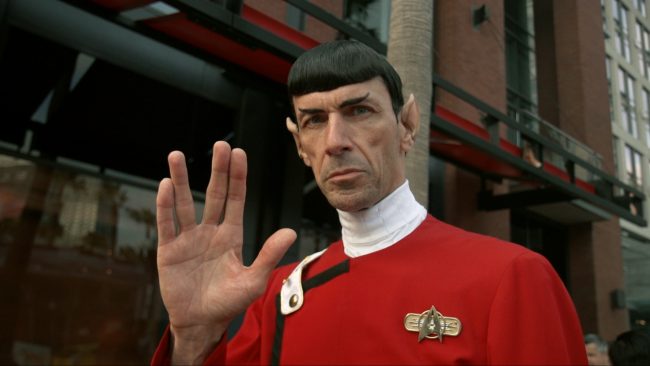
A still from Cosplay Universe of a Spock cosplayer, who bears an uncanny resemblance to Leonard Nimoy.
The other thing was right as we finished Chris Claremont’s X-Men, we made She Makes Comics, a documentary about the history of women in the comic book industry. As we were working on that, we heard this story from Wendy Pini, who is this amazing comic book writer of Elf Quest, about how she was a cosplayer in the 70s at San Diego. It sounded like a crazy, wild, freaky, Woodstock-inspired, clothing optional time. Which made Patrick and myself go “What the hell? What is the history and evolution of cosplay?” We thought that would be pretty cool to go into a documentary about the evolution of cosplay, as Jonathan alluded to, telling the history of cosplay in a fun way. That was two of the things that set us off.
The inspiration was the challenge of could we actually answer the question why do people cosplay and where did it come from? As a cinematographer, I really enjoy the act of cosplay cinematography and videography. So I was excited to try that experience while making a movie. I enjoy filming people in costume because they’re at their highest state of excitement and authentic self. It was those three ingredients: Being a cinematographer, meeting Lauren and hearing the cosplay community had a bad PR problem, and Wendy Pini’s story.
What was your first exposure to cosplay? Have any of you cosplayed yourself?
Jonathan: “I went to school in New Orleans, and Mardi Gras is major. Before there were cons, there was Mardi Gras. During college, we would dress up to some level of costume. It’s what people do to light themselves up. Mardi Gras has its own roots, and cosplay has played off some of that. But the cosplay world is so much more superhero, fan, and anime based whereas Mardi Gras is just costuming at its core.”
Jordan: “It’s not about the character you’re connected to as much.”
Jonathan: “Mardi Gras is somewhere between Halloween and cosplay. It’s costuming to change yourself and to have fun. A lot of themed stuff. For example, there’s an event called Mom’s Ball every year, and it’ll have a different theme, so you basically have to adapt to that theme, use your interpretation as to what that theme means and costume accordingly. Now it’s more themed.”
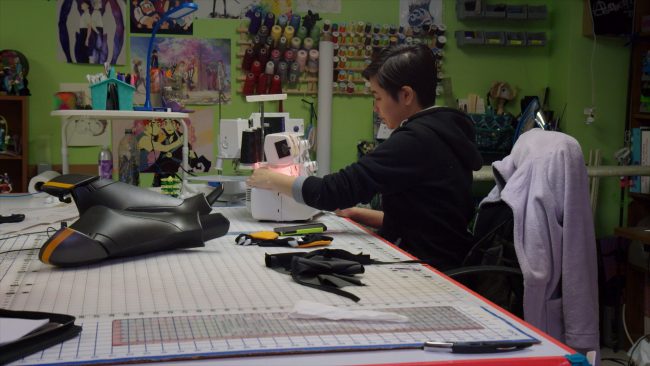
A cosplayer hard at work making a cosplay in the film.
Jordan: “The Chris Claremont project was the main introduction in 2012-2013, aside from seeing pictures of people at random dressed up as characters. In meeting Lauren and her group of friends, I was blown away by how talented they were. I saw them as artisans and thought they were really cool, and what they create is amazing.
And while making She Makes Comics, learning about the history of cosplay and masquerading at comic conventions…going to the different comic conventions while making the documentaries about Chris Claremont and Grant Morrison. Patrick and I discovered if we went to comic con, we could interview fifteen people all at once. Going to comic con in 2010 was my probably my first exposure to the culture.
I still have not cosplayed. The character I seem most drawn toward is Ryu from Street Fighter just because I loved Street Fighter as a kid, and played it so often. I have nailed a pretty solid Ryu Halloween costume, but I don’t quite think I hit cosplay level yet. I’m gonna do it! I just have to get to the gym — but I’m busy [laughs]. A lot of things in the way. But that would be my character when it emerges.”
Lots of people wear Halloween costumes at cons. I feel there’s pipeline Halloween and cosplay a lot of the time. People who love Halloween love cosplay…same with Mardi Gras, raves, street festivals, etc.
Jordan: “There’s a line in the movie from Tom, a cosplayer from Extreme Costumes, who’s in his mid fifties. He says “When I grew up, there was no costuming culture” from where he grew up in Rhode Island. Which points to at its core, our film is about that now with the Internet, there is this global costuming culture that you can tap into.
Our film and the Internet are so intertwined. That’s what caused this thing to evolve and be this art form that it is where suddenly people are wearing things that are just jaw-dropping. It’s almost getting normalized at cons; the skill level is getting crazy now.”
With the Internet and social media especially, it’s becoming more mainstream. It feeds into the the cons themselves. New York Comic Con hosted a Cosplay Central, an area specifically for cosplay content.
Jordan: “Yeah, I guess part of that impulse is that we decided to make this film. We kind of represent that this culture is big enough and healthy enough that it deserves a film to explain what it’s all about.”
This documentary features conventions around the U.S., including Anime Expo, San Diego Comic-Con, Dragon Con, L.A. Comic Con and the World Cosplay Summit in Japan. Which was the coolest to attend/cover?
Jordan: “Definitely The World Cosplay Summit. One of the elements that makes our movie really special is that you really get to have an experience not just showing you what WCS is but the camaraderie and friendship that exists there.
It takes place in Japan every year. When we were there, I think thirty different countries competed in teams of two. They have a really cool mission, which is to connect the world through cosplay…exactly the antithesis of Heroes of Cosplay. Everybody has already won…it’s all about the craftsmanship and competing with your own stage performance. What we discovered is so much camaraderie between cosplayers. Not really cutthroat between each other, but rather just do the best that you can and represent your country as best as possible.
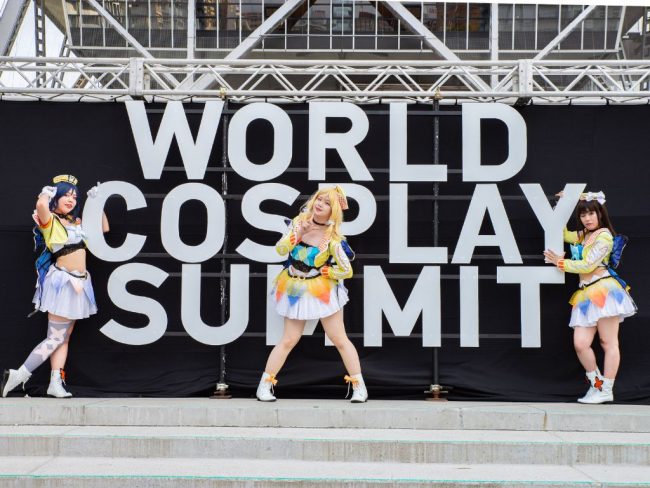
The World Cosplay Summit in Japan is the largest cosplay competition & showcase.
For two weeks straight, they have all these events…all the cosplayers there are treated like honored guests. In the film, there’s a moment where they get to go to the mayor of Nagoya dressed in cosplay, almost as like diplomats. Which kind of shows how there in Japan, it’s a celebration of costuming culture and Japanese culture being the catalyst for what has helped spread cosplay.
And the management there is just awesome and all about bringing the world together. I think it creates this beautiful energy. Sorry everyone you gotta buy a ticket to World Cosplay Summit [laughs] but that was for sure the most special filming experience.”
Jonathan: “For me, I wasn’t as lucky as Jordan…we didn’t have the budget for me to go to World Cosplay Summit. That to me culturally speaking, we didn’t want to just make a movie centered on the American cosplay market because of how popular anime is/how big an influence it is. When Jordan got there and found this kind of interesting love triangle with Mexico and Italy, there was so much story there. The American team walked in, and then what the Italian and Mexican team had together was really great. I won’t spoil it for you, but it became a big part of our movie.
Part of why it took us so long is how to weave all these pieces together. Starting with the history of cosplay, then following some top cosplayers, such as YaYa Han. Then Jordan found people in upstate New York and Rhode Island. We found these really interesting characters, so to try and stitch it all together in one eighty-five minute movie was incredibly difficult, but from what we’re hearing from both cosplayers and non-cosplayers who’ve seen the movie, the film really works. As a filmmaker, at the end of the day, whatever your subject matter is, that’s all that counts. Do you get the emotion you need, do you get the heartwarming stories, and the answer is I think we got them all.
I love the spectacle of cosplay and the passion people put into it. The depth and emotional level of why they do it…it’s the beautifulness of a great safe space like that, where everybody can just go have fun and be somebody else for a day, is very cool.”
As seen in the trailer and in the press release, we know Stan Lee makes an appearance. Could you talk to us about that?
Jonathan: “There’s a gentleman named Yoshiki, who I was working with at the time, I produced a movie for him called We Are X. Fantastic story about his band called X Japan. He was the one who turned us on to the World Cosplay Summit and helped us get there. At the time, he was doing a comic book with Stan Lee. We asked about having Stan Lee in the movie and he gave us the number of his assistant. She was amazing, she connected us — we went to Stan’s office and interviewed him in Beverly Hills.
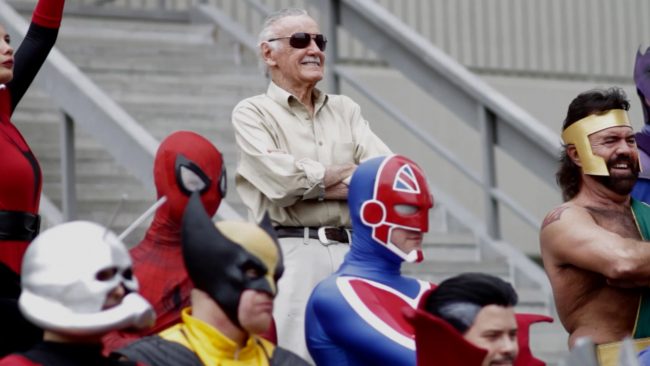
Stan Lee poses with Marvel cosplayers.
He was everything you think he would be. Just a lovely man, a legend. He loved seeing what his characters had become in the world. And the good news is he got to live long enough to see a lot of it. He was a blessing to have, and I believe that was one of his last interviews ever. So we were so incredibly blessed we got that.”
Jordan: “As Jonathan said, I’m grateful that we could have that moment and hear his thoughts about how his characters and cosplay evolved.”
How do you hope the Cosplay Universe resonates/makes an impact?
Jonathan: “For me, I’d made films for many celebrities, a lot of large iconic pop culture films. Those people get eyeballs because of their names. When you have that level of promotional activity, things go. People talk about your movie. There’s a lot of media, a lot of spend. This is different. This is the classic, independent, two guys who just care and wanted to make something really cool to represent the community to keep it real and pure.
We talked about those reality shows that were hated on by the community — we never wanted to be scandalous. We wanted to make something that really resonated with the community first and foremost. And I think we’ve done that. I think it’s a win no matter how you slice it because we did what we set out to do. As a filmmaker, you’re secure in knowing that if the feedback is good, then you did a good job…we just hope that through articles like this and outlets that speak to the community that people find us, and that’s all we can really ask for.”
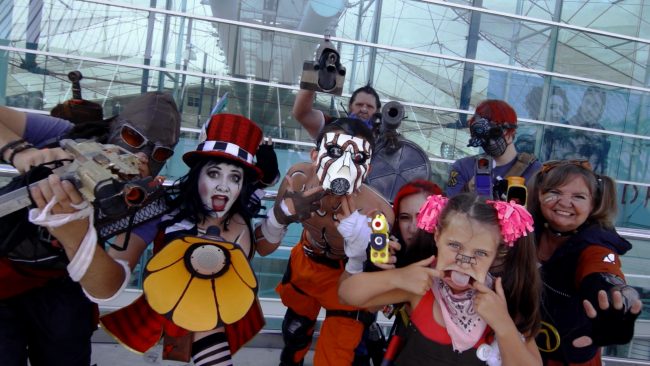
A group of Borderlands cosplayers pose for the movie camera.
Jordan: “That’s a really good question. Well, we discovered after making the film and screening it, it’s a really awesome tool for cosplayers to show their friends and family what cosplay really is at its core. In the final scene of the movie, a parent and child watch the movie together. That’s sort of the instructions of the film. To let cosplayers use this film as a tool to explain to those who don’t get why the heck they have this need and love for this culture. So it’s kind of a way for those who don’t get it to finally get it. Because seeing all these different stories and vantage points, you really get to see cosplay from a perspective you’ve never seen before.
I know for myself, I jumped into comic con because Patrick and I were making movies about comic book creators. And I noticed there’s a bit of a divide between the comic book culture and the cosplay culture that exist side by side at conventions. So it would be really cool if this limits that divide…to let comic book people can understand the impetus and psychology of how cosplay is this art form that lets you find who you really are by dressing up as somebody else.
It’s a very powerful way for people to understand their core identity that could be hidden. We hope the film explains that to people…to help people who judge the cosplay culture say ‘oh, I get it.’ It really does change your perception of yourself, and it’s a really beautiful and empowering art form.”
Any final messages or shoutouts you’d like to share?
Jonathan: “I think it’s very important what Jordan is saying. One person at a time, whether they’re into cosplay or not, give the movie a chance and try it. I think what we’ve done is built a bridge to the 101 of what cosplay both around the world and in America. And I think it’s something that if you watch, you’ll really enjoy.”
Jordan: “Thank you to all the cosplayers who let us share their stories — YaYa Han, Qi, Extreme Costumes — pretty much everybody in there. What’s interesting is no cosplayer really came to us. We just kept showing up and pointing our cameras at these incredible craftspeople [laughs]. And we just thank them for being vulnerable and letting us share their intimate stories in the film.
We’ll also shout out Abramorama, our distribution company, for helping us and really believing in the film. Their representative watched the movie with his wife and she cried. She really connected with the story and that’s what helped them see there’s a story here for everybody.”
You can watch Cosplay Universe on global TVOD platforms like Amazon, Apple TV, Microsoft/Xbox, Google Play, VUDU and more. Visit their Linktree here for more information, and follow #CosplayUniverse @CosplayFilm @CosplayUniverseMovie across social media to stay up to date!
There are no comments yet, add one below.
Stay connected. Don't miss out!
Get new costume guides in your inbox once a month.
 Carbon Costume
Carbon Costume 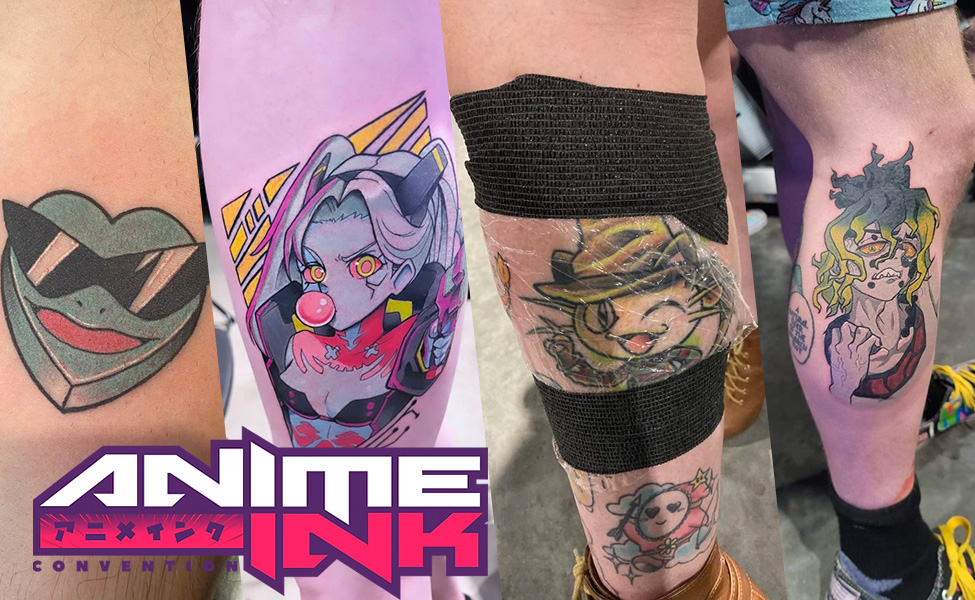
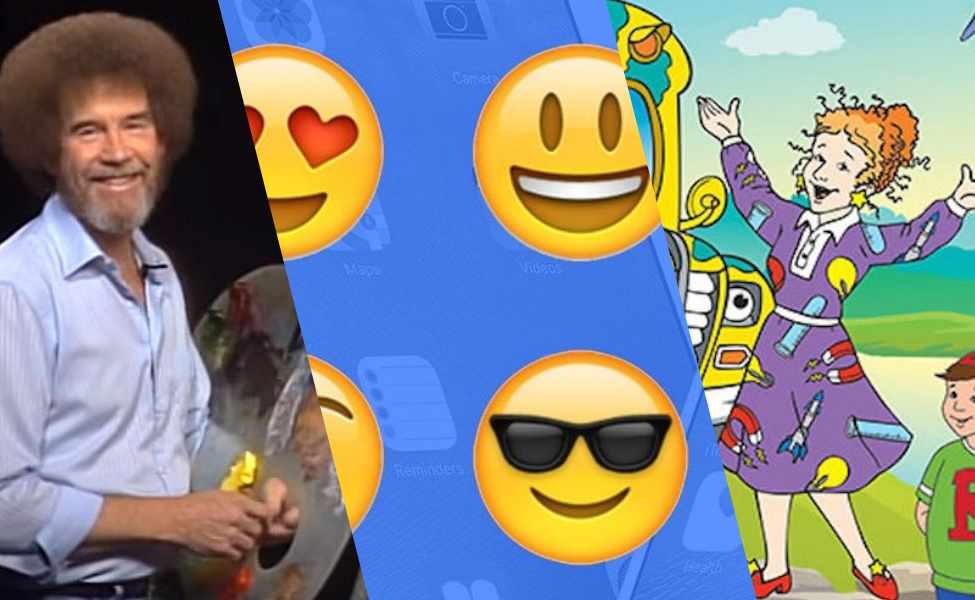
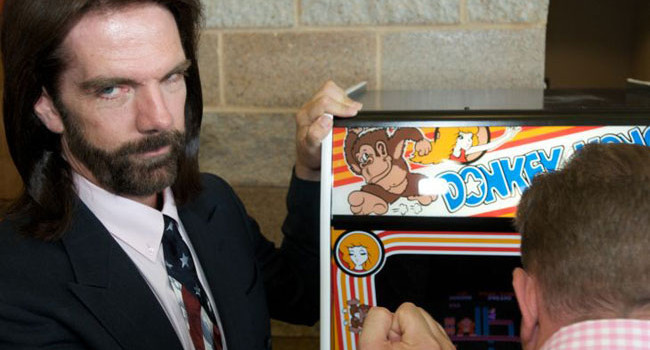
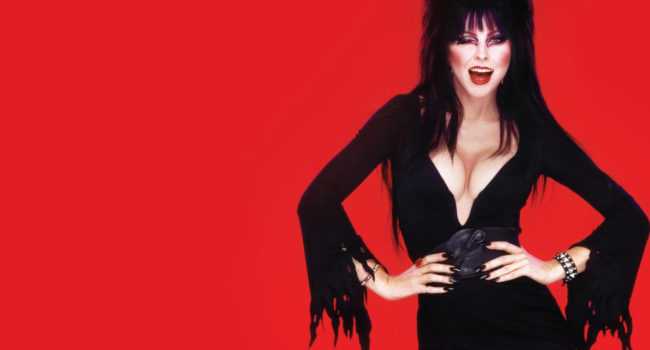
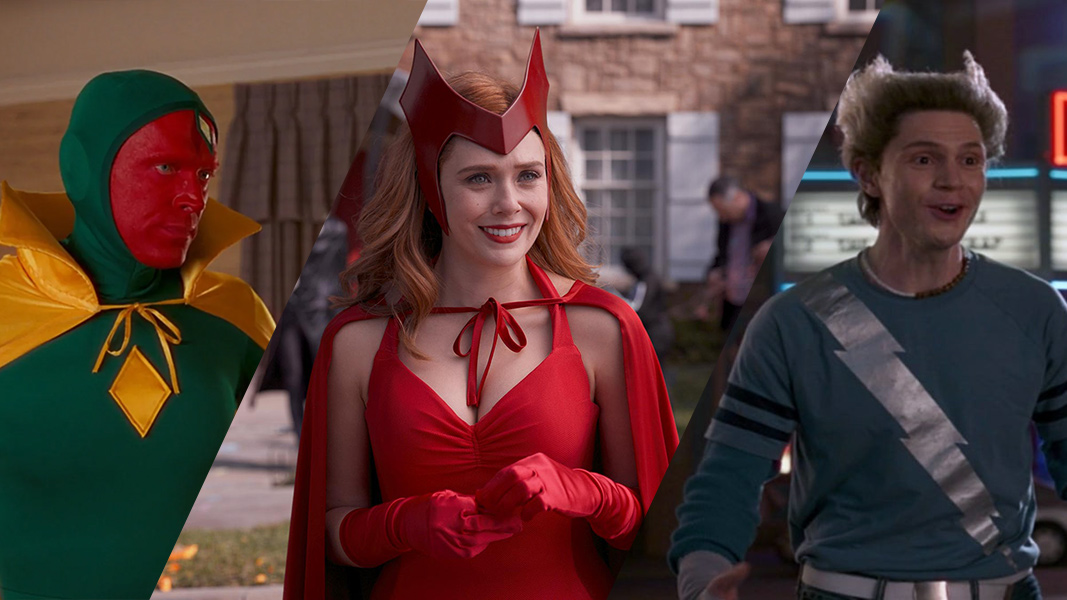
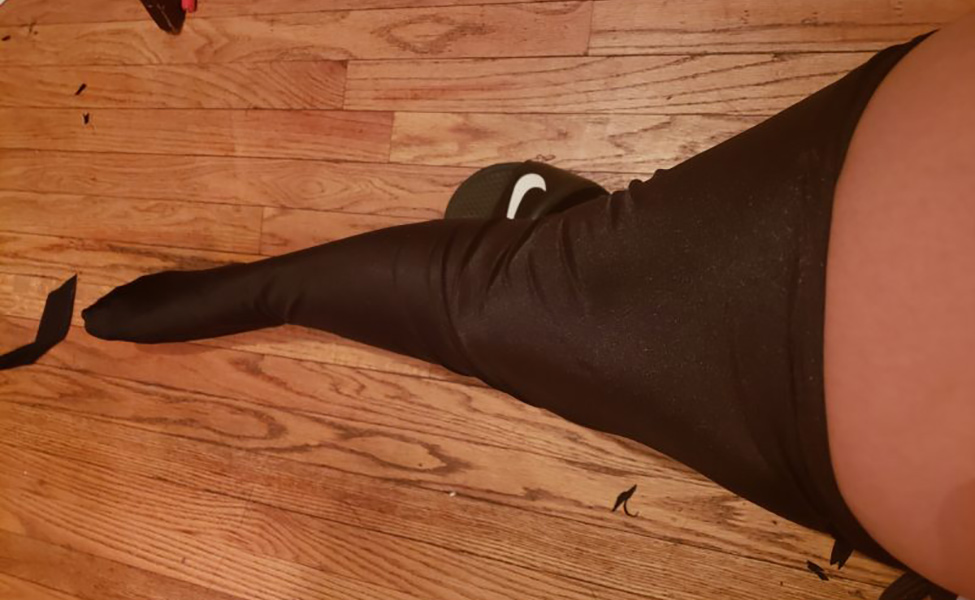
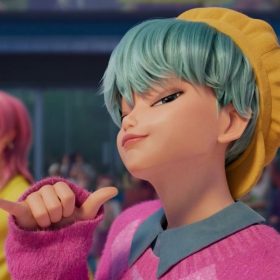
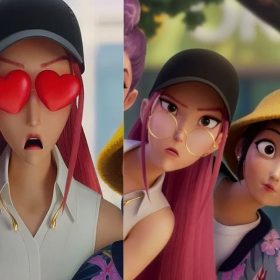
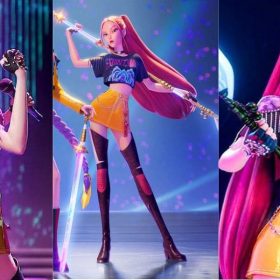
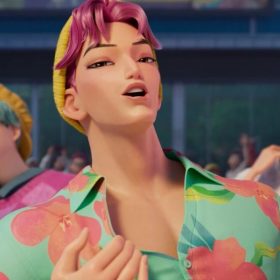
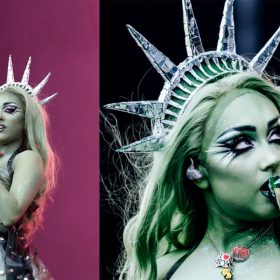
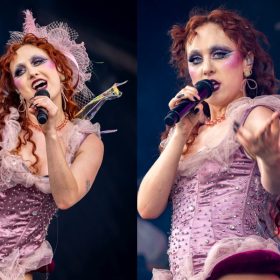
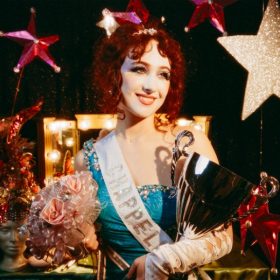
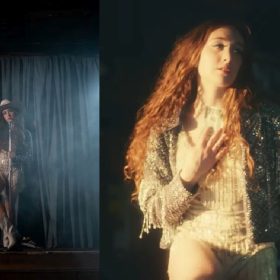
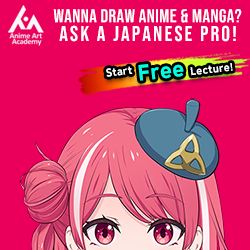
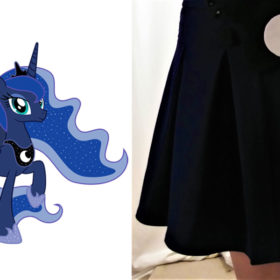
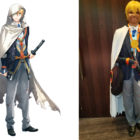
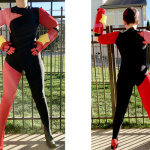
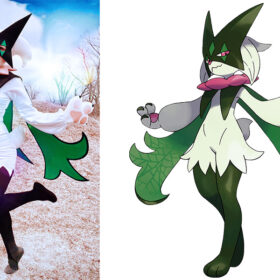
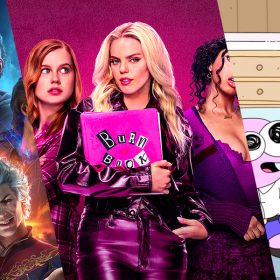
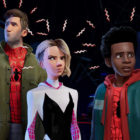
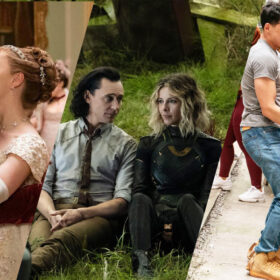

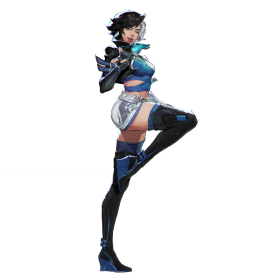
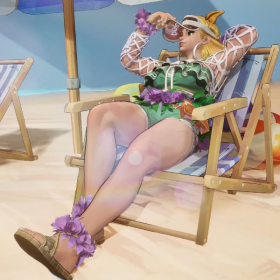

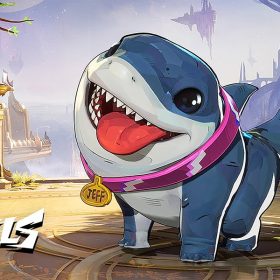
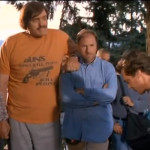
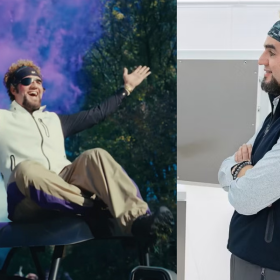
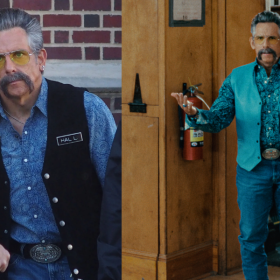
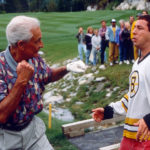
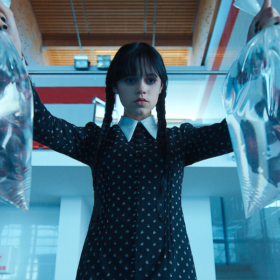
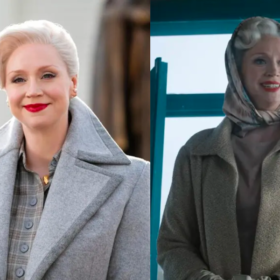
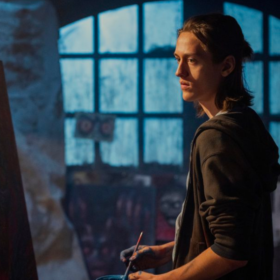
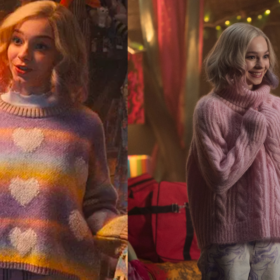
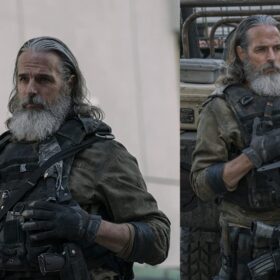
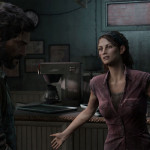
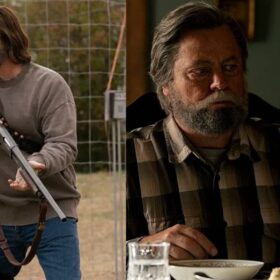







Leave a Comment